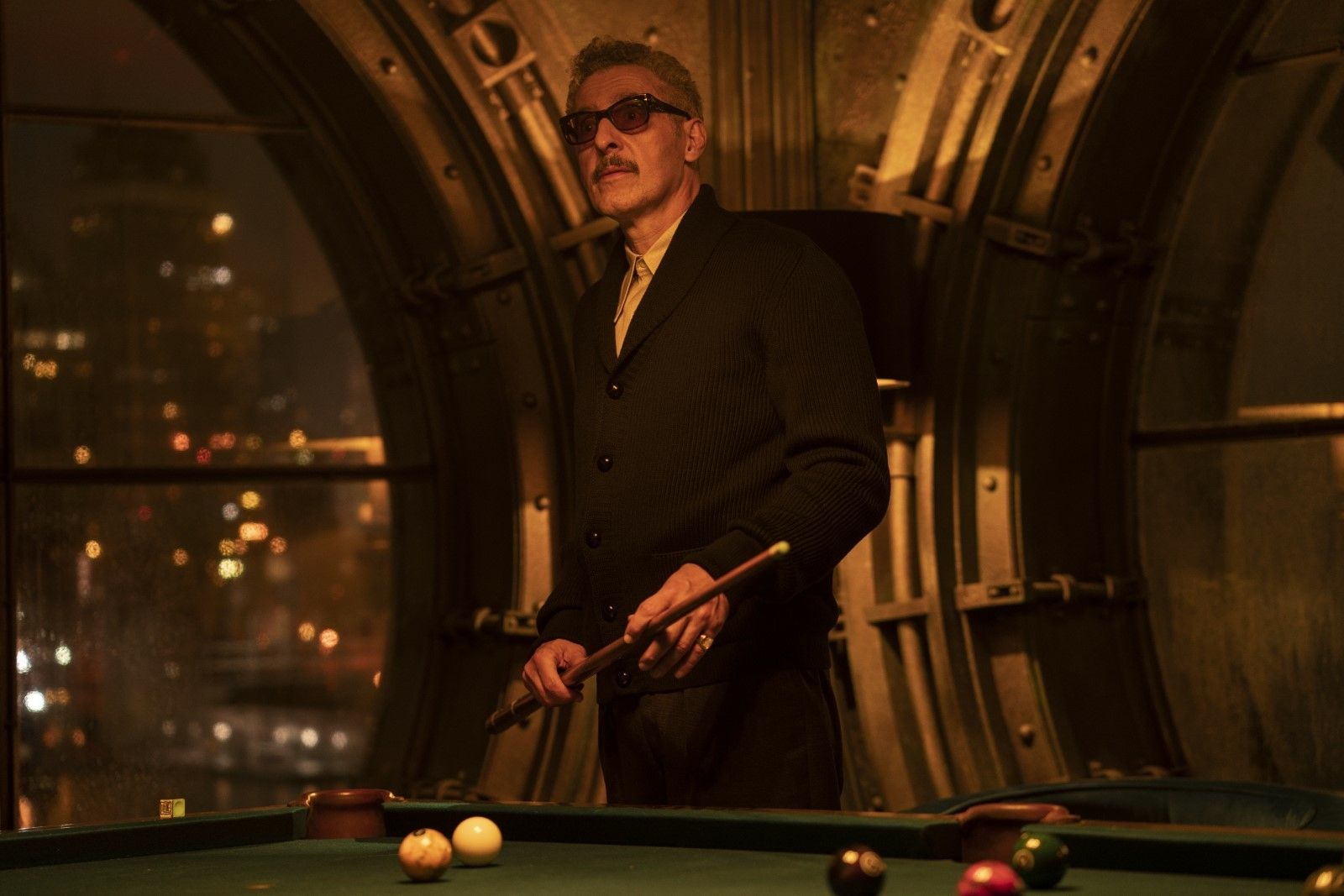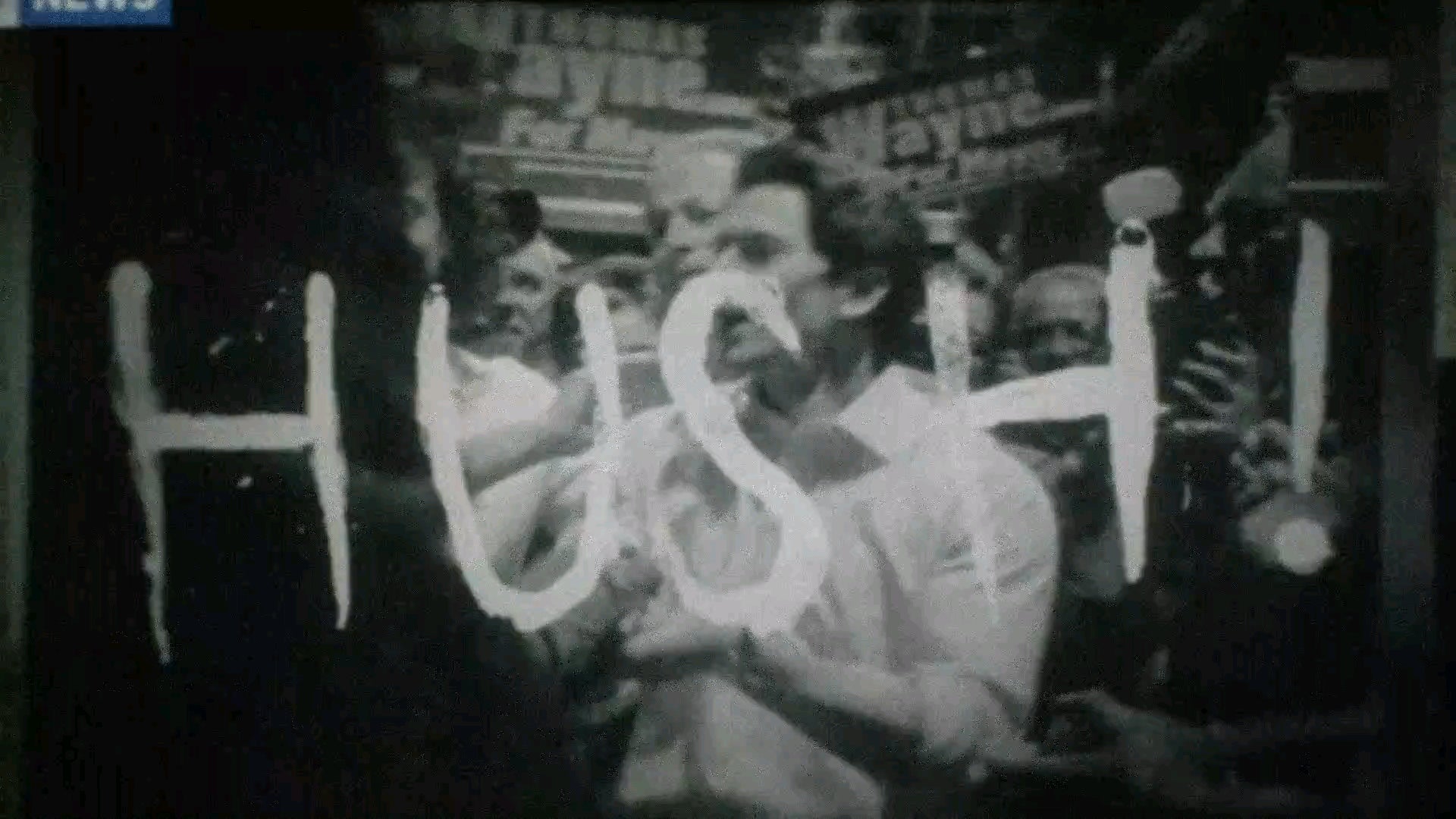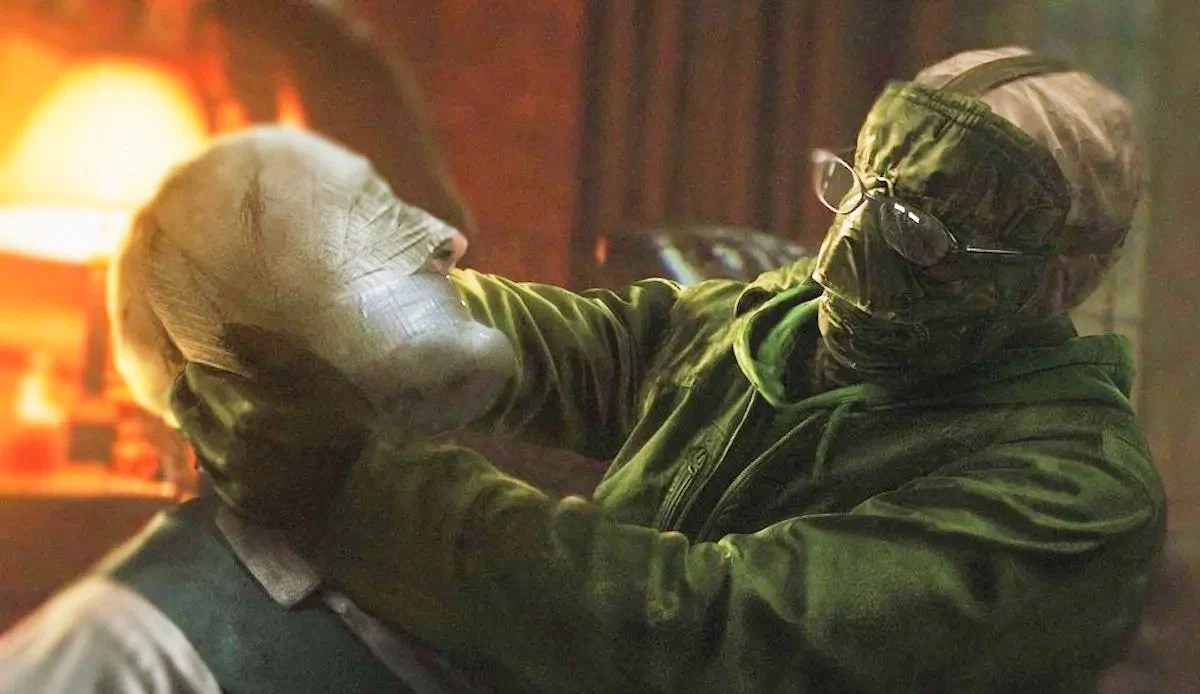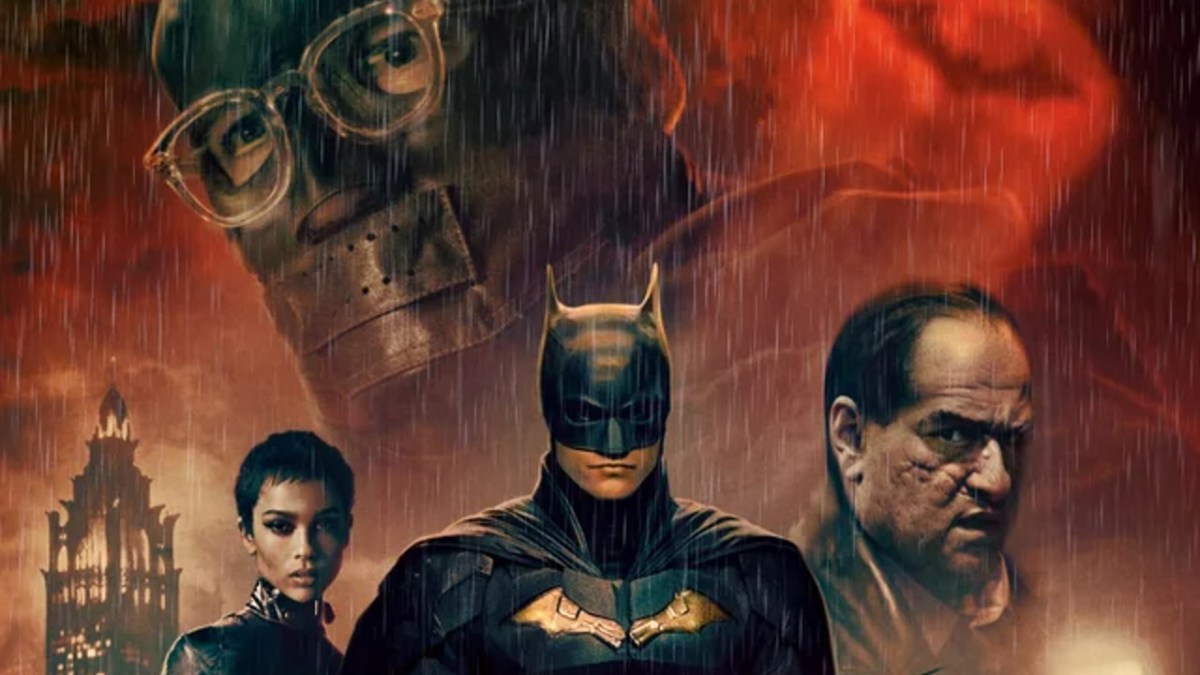Warning: The following article contains spoilers for The Batman. Please proceed with caution if you have yet to watch the film.
The recently released The Batman reboot is peppered with many subtle DC comic book references. While director Matt Reeves has addressed a few — like who is the “Unknown Arkham Prisoner” in the closing minutes of the film — many questions about his version of the superhero’s story and the fictional world he has set up have yet to be answered.
Many of these questions are obvious queries viewers will have once they’re done watching the film, but some will be the result of getting caught in the deliciously complex web of possibilities Reeves has set up in The Batman.
In case you are still holding out on watching the latest DCEU serving, here is the last warning that this article will contain spoilers for The Batman.
Why does Bruce blame himself for his parents’ deaths?

In Christopher Nolan’s The Dark Knight films, Christian Bale’s Bruce was riddled with guilt over his parents’ deaths. A young Bruce had been scared by the actors in masquerade masks during an opera and pestered his parents to leave, after which they came across the mugger Joe Chill who ended up killing Thomas and Martha Wayne. In this case, it’s understandable why Bruce blames himself for their deaths. Had he not pushed them to leave, his parents would have never had the unfortunate encounter with Chill.
But in The Batman, too, Robert Pattinson’s Bruce Wayne holds himself responsible for his parents’ deaths, something he says out loud while visiting Alfred in the hospital. Is it simply because he’s guilty of living on while his parents didn’t or was he also inadvertently a part of the chain of events that led to the Waynes’ deaths? Even though The Batman explores the beginning of Bruce’s crusade as Gotham’s savior, we get little in terms of backstory, which only gives rise to more mysteries like…
Who killed Thomas and Martha Wayne?

The Batman never provides a concrete answer to this question, either. After the Riddler exposes that Thomas Wayne had hired Carmine Falcone to kill a journalist that had unearthed Martha’s dark past, Bruce confronts the mobster himself. The latter goes along with the story and says that the journalist was hired by rival mobster Salvatore Maroni who retaliated by getting the Waynes killed.
But when Bruce puts the same question in front of the injured Alfred, he goes on a guilt trip of his own, rueing how he couldn’t protect the Waynes (was he their butler or bodyguard?). He reveals how Thomas Wayne had been striving to protect Martha and had turned to Falcone in a moment of weakness. But he never wanted the journalist killed, just scared enough to stop his investigation. Falcone deliberately killed him to ensure that he could hang it like a sword over Thomas’ head, who refused to bow down and threatened to report the same to the police.
But even Alfred isn’t sure whether Falcone got Bruce’s parents killed and as fate would have it, the mobster dies at the end of the film without putting the theories to rest with an answer. Who is responsible for the deaths of Thomas and Martha Wayne — Falcone or Maroni? After all, there isn’t a Joe Chill in Reeves’ Gotham…or is there?
Who was the man Bruce met at Mayor Mitchell’s funeral?

In the DC comic books, Thomas and Martha Wayne were killed by a random petty mugger called Joe Chill. While The Batman sets up different conspiracies behind Bruce’s parents’ deaths, it seemingly also teases the possibility that a Joe Chill exists in Reeves’ DC universe.
In the scene where Bruce attends Mayor Mitchell’s funeral, he comes across a disheveled-looking old man who is busy muttering how the mayor was a corrupt man that deserved his untimely death. But the second he notices Bruce, his demeanor changes and he exclaims, “Hey, don’t I know you?” As Bruce walks away with future mayor Bella Reál, the man seems to finally recognize him and melts back into the crowd.
It seems too random to say that Reeves simply inserted this scene to show some common goon who has had the misfortune of meeting Batman and later recognized him without his cowl. It is very much possible that the man staring at Bruce with a dawning look in his eyes is none other than Joe Chill, who is remembering the kid in front of whom he killed his parents.
Why the name Edward Ellicott?

Through the Riddler, it is revealed that the reporter, who had been after the Wayne family, was named Edward Elliot. He follows it up with a montage of Thomas Wayne’s supposedly corrupt history and during one of the sequences, he splashes the word “Hush” in capital letters across the frame in a blink-and-miss moment.
Now, Reeves has could have gone with any other name but he chose the last name Elliot, which has a dark history in DC. In the comic book, a young Bruce had a friend named Thomas Elliot who was also born in a wealthy family like him. But unlike Bruce, Thomas resented his parents and even tried to kill them, resulting in the death of his father while his mother was saved by Thomas Wayne.
His already existing hatred for the Waynes increased tenfold when he saw Bruce living a life of freedom and affluence after his parents’ death while he was still forced to abide by his mother’s rules. While his life story is a topic for another article someday, the interesting part is that he grows up to be the supervillain Hush Reeves teased so subtly in The Batman.
So, does giving the reporter the last name Elliot mean that he is somehow connected to Thomas Elliot? Maybe instead of childhood jealousy against Bruce, it will be the presumed death of an older brother or perhaps his father (i.e., Edward Elliot) on the orders of Thomas Wayne that will drive him to become a supervillain and target Batman?
What did Bruce inject himself with while fighting the Riddler’s followers?

Towards the end of the latter half of the film, Batman is hit point-blank with a shotgun blast and is left incapacitated, unable to do anything even when he sees a Riddler copycat about to kill Selina Kyle. He then musters enough strength to get up and inject himself with a glowing green liquid that not only revives him but fills him with a manic, aggressive strength, post-which he almost pummels the goon to death.
While the liquid could easily be adrenaline, seeing its glowing green color and how unhinged it made Bruce, it feels more like the Venom that the villainous Bane used to acquire his superhuman strength. But so far, Reeves hasn’t confirmed or denied the possibility.
How did the Riddler’s new “friend” end up in Arkham?

While Barry Keoghan’s sinister laugh in The Batman’s ending left little doubt that he has joined the DCEU as the latest version of the Joker, both the actor and Reeves have since confirmed any lingering doubts by assuring that it is indeed the Clown Prince of Crime. With the question of his identity solved, the real mystery now is how did the Joker end up in Arkham?
Since the film’s release, Reeves has often teased that his DC villain has yet to become the Joker, aka Batman’s sworn nemesis. This means that he has yet to commit all of his future atrocious crimes, so what did he do that was deemed dangerous enough to warrant the Dark Knight’s attention, who apparently “rained on his parade?” If he is nothing like the psychotic villain he will one day become, why did he get a direct ticket to a cell in Arkham?
Though this is barely scratching the surface of all the mysteries The Batman left unsolved, thankfully Warner Bros. and Matt Reeves are busily expanding their version of the DC universe and it not only includes future sequels but also makes way for spin-off TV series like The Penguin on HBO Max. All we can do is be patient and wait for official announcements (or legible leaks) to unlock the answers to the many secrets left in The Batman’s wake.

